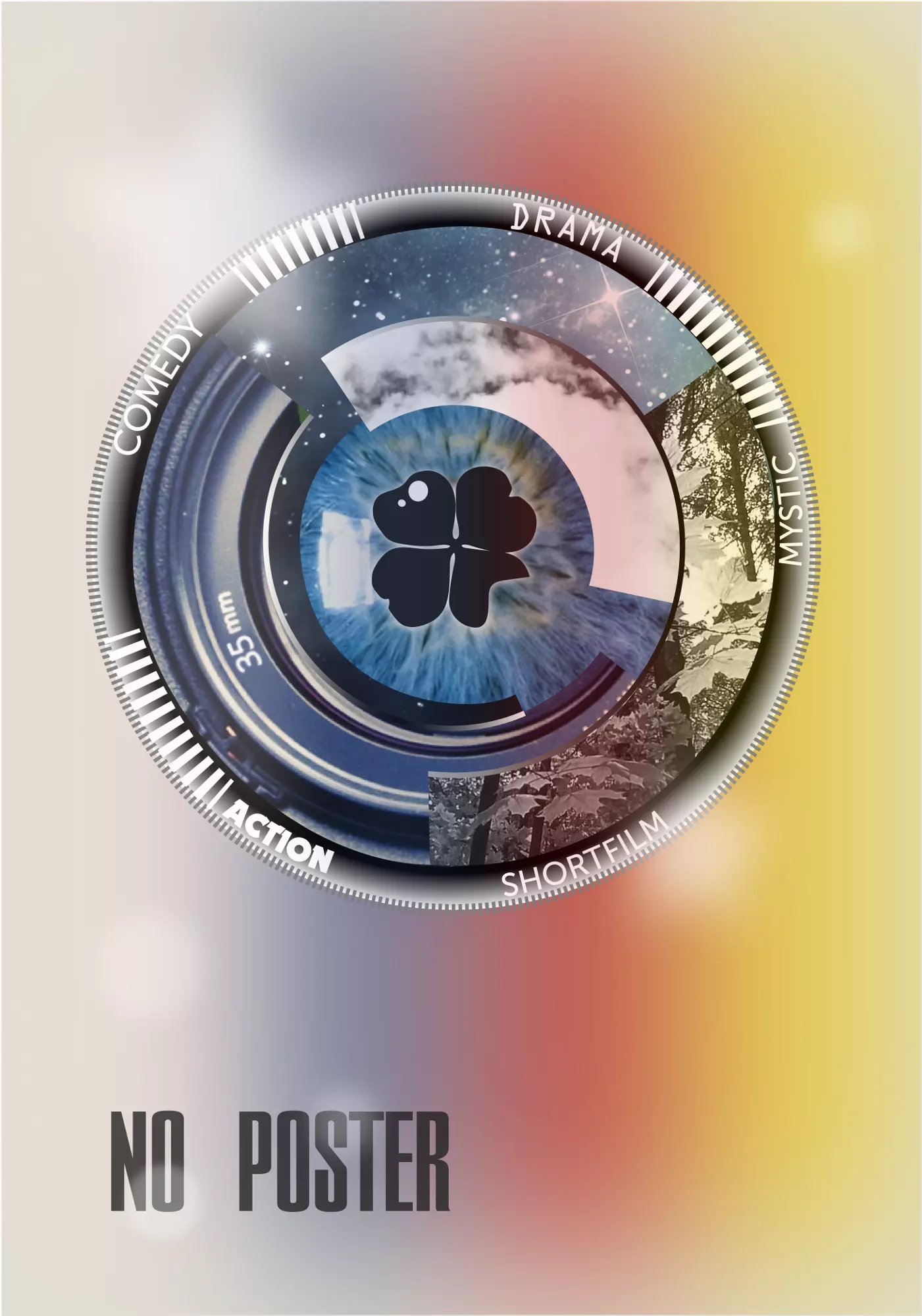Эпизод 6
Malahat: Queen of the Rumrunners
Within a man made breakwater of derelict ships on Canada's west coast, lies a possible relic from a fascinating era in American history - the rip-roaring time known as prohibition. Join the Sea Hunters as they seek the last resting place of the most famous smuggling ship on the west coast, the fabled, Queen of the Rum Runners, Malahat. From the years 1920 to 1933, America was thirsty for beer and whiskey. By turning off the tap, anti-saloon do-gooders unwittingly created a sub culture that inspired gangsters, speakeasies and organized crime. Seeing an opportunity, many resourceful Canadians were happy to become suppliers and the rumrunner was born. Mariners on the eastern seaboard, across the Great Lakes and along the west coast, happily embraced the smuggling of liquor for fast and easy profits. One of the finest examples of a rum-running wreck is that of the fabled Queen of Rum Row, Malahat. Prohibition was an era of gangsters, jazz and bathtub gin. What started out as a noble experiment soon became a multi-million dollar illegal industry controlled by well-run criminal gangs. Crime lords like Al Capone, Meyer Lansky and Bugsy Siegel ruled entire cities buying off police and politicians and gunning down anyone else who got in their way. Small time smugglers gave way to the huge syndicates dealing thousands of cases of liquor across the USA, much of it by sea. During the thirteen years of prohibition, one ship delivered more contraband than any other - the notorious schooner, Malahat. The story of Malahat begins on Canada's west coast, in Vancouver, British Columbia. The city of Vancouver was the homeport of the Malahat, and the headquarters of Canada's rumrunner fleet. Near the end of World War I, the losses to shipping inflicted by the German u-boat campaign were so great that all available vessels were pressed into the war effort. This left a shortage of ships at home, and Canadian sawmills were left with no way to get their product to the market. After a fierce lobbying campaign, they at last won government funds for the construction of a fleet of schooners. In total twelve schooners were built, the Malahat among them. They were designated Mabel Brown class vessels, and each played their part in the Canadian war effort. The Sea Hunters have been asked to dive and identify a shipwreck which some claim may be that of the fabled rumrunner. Joining the Sea Hunters in the examination of this wreck is a group of divers from the Underwater Archaeological Society of British Columbia. Almost all underwater archaeology done in British Columbia is done by this volunteer group. Join us again as we search the oceans of the world for lost and famous shipwrecks. Another true adventure with... The Sea Hunters.
